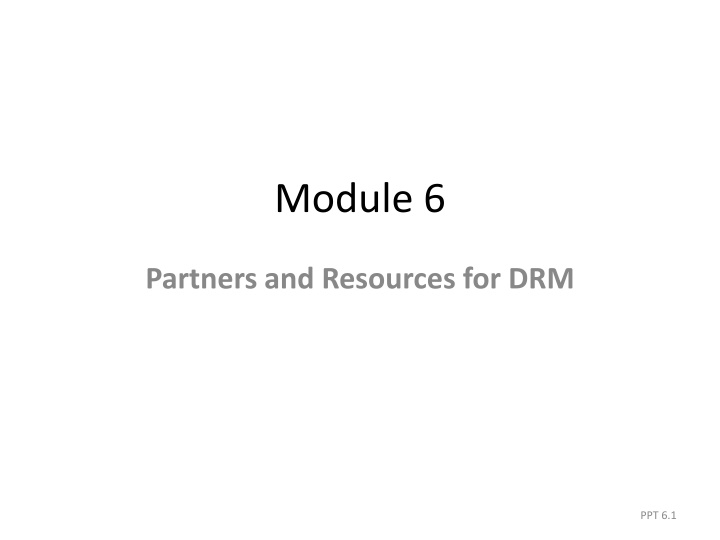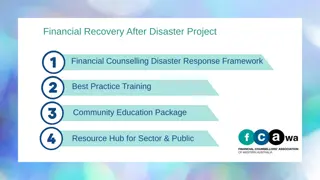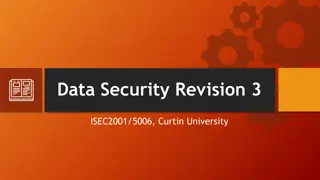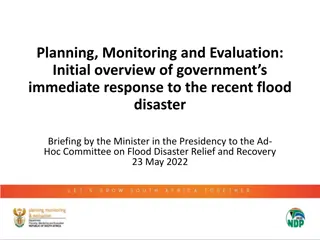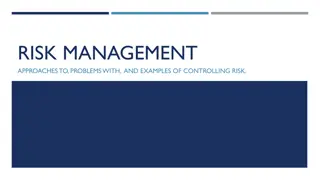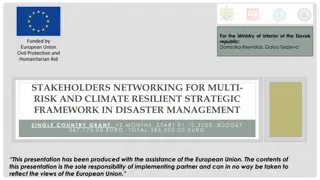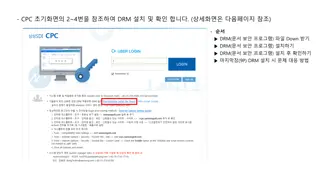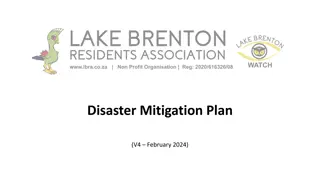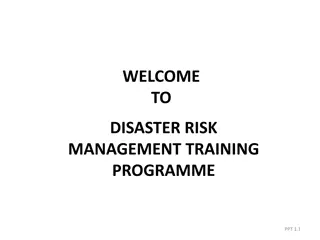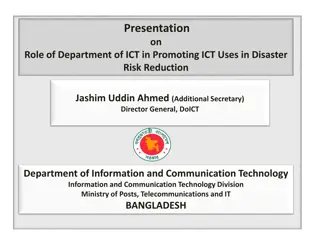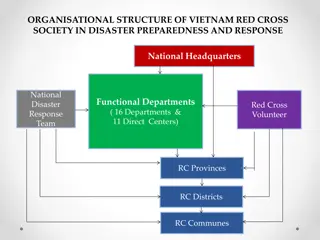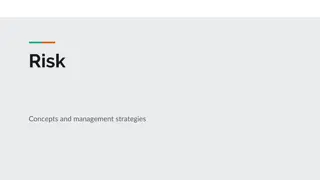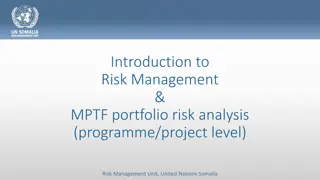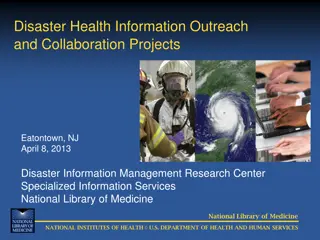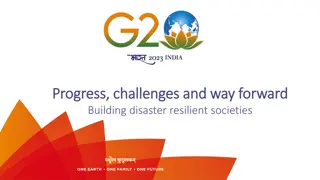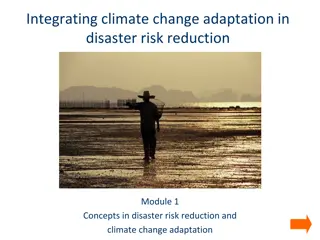Partners and Resources for Disaster Risk Management (DRM)
In Module 6, trainees learn about local partners like police, home guards, and health centers who provide immediate assistance post-disaster. The module emphasizes the importance of incorporating various partners at local, national, regional, and international levels in a DRM plan to enhance response and recovery efforts. It highlights the role of the postal sector and different authorities in disaster management, emphasizing the need for partnership and resource utilization for effective response and recovery operations.
Download Presentation

Please find below an Image/Link to download the presentation.
The content on the website is provided AS IS for your information and personal use only. It may not be sold, licensed, or shared on other websites without obtaining consent from the author.If you encounter any issues during the download, it is possible that the publisher has removed the file from their server.
You are allowed to download the files provided on this website for personal or commercial use, subject to the condition that they are used lawfully. All files are the property of their respective owners.
The content on the website is provided AS IS for your information and personal use only. It may not be sold, licensed, or shared on other websites without obtaining consent from the author.
E N D
Presentation Transcript
Module 6 Partners and Resources for DRM PPT 6.1
Module 6: Performance Objectives At the end of this module, trainees will be able to list: local partners like police, home guards, health centres/ hospitals, fire brigade, meteorological department etc. from whom immediate assistance can be had following a disaster various national, regional organisations that regularly support in disaster management initiatives and global PPT 6.2
Activities in this Module Go through the presentations Complete Progress Test Q 6.1 PPT 6.3
Why the Post should respond and recover early using partners & resources network Postal sector is generally Government-owned and part of a country s national infrastructure. It is expected to protect its assets and build its own resilience by taking risk prevention and risk reduction measures in alignment with government policies on disaster resilience Postal sector is also expected to support in all government relief operations following any large scale natural disaster It is one of the few organisations that can respond and recover quickly PPT 6.4
Partners and Resources for the Post The Post should incorporate following partners and resources that are available at local, national, regional, international levels in its DRM Plan and utilise their expertise resources to respond and recover quickly. Local Partners & Resources: FirstResponders Police, Fire, Hospitals, Local community centres, Department, Local NDMA establishment NGOs, Meteorological PPT 6.5
Partners and Resources (contd.) Local partners (contd.) Local municipal and town authorities, district administration These partners help with alert warnings, evacuation, relief and rescue operations PPT 6.6
Partners and Resources (contd.) National level: o Concerned Ministries dealing with particular types of disasters o National Disaster Management Authority o National Meteorological Department o National Geological Survey Department etc. They all help in -risk assessments -taking risk prevention & risk reduction measures -training employees and -response/recovery operations PPT 6.7
Partners and Resources (contd.) Regional level: o Regional organisations are often an effective bridge between the national and international systems and provide valuable information and local expertise to deal with disasters. o They organise regional training, workshops to share best practices List of some regional organisations that can help in disaster management is at Annexure F of the UPU Guide PPT 6.8
Partners and Resources (contd.) International level Some organisations that are most active in providing DRM awareness, training programmes and disaster relief support are: o UN Office for Disaster Risk Reduction (UNISDR) o World Bank o Global Facility for Disaster Risk and Reconstruction (GFDRR) o International Federation of Red Cross and Red Crescent Societies (IFRC) PPT 6.9
International partnership on DRR MOU between UPU and WMO UPU and World Meteorological Organisation (WMO) have recently signed an MOU to get tailored and targeted information about weather and climate, in the face of natural disasters This will help postal administrations to get advance information about weather and to increase their level of preparedness, take appropriate DRR initiatives and build resiliency Postal administrations may give access to local communities to such information in developing early warning system. PPT 6.10
International partnership on DRR to support most vulnerable countries Following countries have, in general, higher vulnerability and risk levels and very often they exceed the capacity of these countries to respond to and recover from disasters Disaster-prone developing countries Small island developing states Land-locked developing countries African developing countries PPT 6.11
International partnership to support most vulnerable countries (contd.) from international organisations to face disasters and to strengthen resilience. Sendai Framework for DRR 2015-2030 outlines action plan to prevent new and reduce existing disaster risk, increase preparedness for response and recovery and thus strengthen resilience. These action plan are applicable for all countries including the most vulnerable countries. Such countries may need enhanced support and resources Sendai Framework for Disaster Risk Reduction 2015-2030 may be gone through for more details on this. PPT 6.12
Progress Test Q 6.1 PPT 6.13
